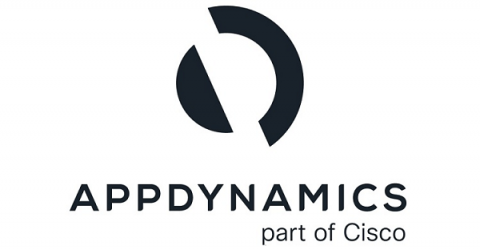Operations | Monitoring | ITSM | DevOps | Cloud
AI
8 Top Robotic Process Automation (RPA) Tools
By Des Nnochiri Robotic process automation, or RPA, promises to increase efficiency and improve work rates at reduced cost to the enterprise. In this article, we’ve assembled eight of the top RPA tools currently on the market. Of course, there are considerations to bear in mind before implementing this emerging technology.
Scaling AI Infrastructure at OpenAI
AppDynamics Cognition Engine FAQ: Your Top 25 Questions Answered
Ready to unlock the power of machine learning to accelerate diagnostics and activate AI-powered root-cause analysis? Here's how to get started.
5 Best Practices for Using AI to Automatically Monitor Your Kubernetes Environment
If you happen to be running multiple clusters, each with a large number of services, you’ll find that it’s rather impractical to use static alerts, such as “number of pods < X” or “ingress requests > Y”, or to simply measure the number of HTTP errors. Values fluctuate for every region, data center, cluster, etc. It’s difficult to manually adjust alerts and, when not done properly, you either get way too many false-positives or you could miss a key event.
AI/ML - Are We Using It in the Right Context?
There used to be a distinct, technical separation between terms such as AI and machine learning (ML) – but only while these technologies remained largely theoretical. As soon as they became practical in the real world, and then commodifiable into products, the marketers stepped in. Widespread overuse of the terms AI/ML in marketing have managed to thoroughly confuse the meanings of these words.
Machine Data is Business Intelligence for Digital Companies
Software has eaten the world and every company today is a software company. This is because every company today is more and more serving its customers digitally. That service can be a spectrum, such as offering traditional physical products and services through digital channels on one end to offering entirely new digital products on the other end. Regardless of where on the spectrum a company is, it does not change the fact that its primary interface with its customers has become its software.
Monitoring Machine Learning Models Built in Amazon SageMaker
AppDynamics: Empowering the Enterprise With Real-Time Visibility Into the Application Environment
5G is Rolling Out: Here's How Cognitive Analytics Will Take Part in the Revolution
5G is here and is widely expected to be a transformative communications technology for the next decade. This new data network will enable never-before-seen data transfer speeds and high-performance remote computing capabilities. Such vast, fast networks will need dedicated tools and practices to be managed, including AI and machine learning processes that will ensure efficient management of network resources and flexibility to meet user demands.









